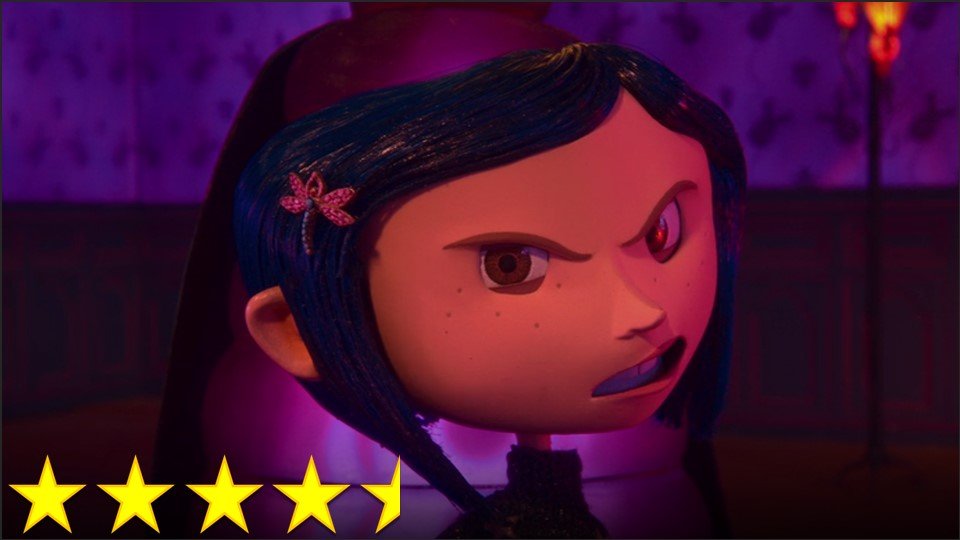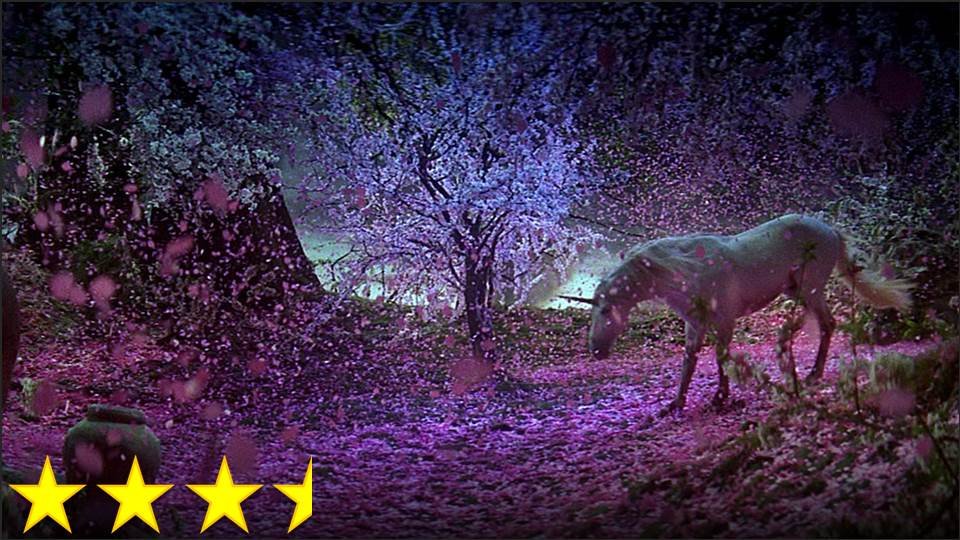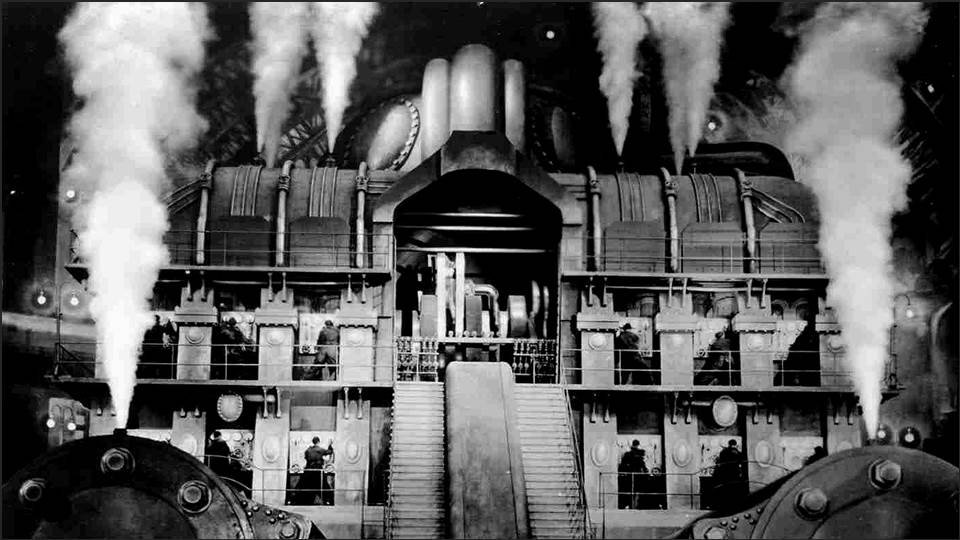I know everyone who likes Tim Burton and cares about Christmas and animation is supposed to love Nightmare Before Christmas, but I’ve honestly never been a huge fan. It has positive elements and is very creative, but I find it slow and boring. I also don’t love the visual style as much as I’d like to – something about it feels lacking to me. The music irritates me too – that “This Is Halloween” song is pretty good, but the rest of the soundtrack is difficult for me to sit through. I guess I ought to watch it again sometime soon and see if my tastes have changed now, but I remember not liking it as much as I wanted to. James and the Giant Peach is another film by the same director, Henry Selick, but I’ve never felt like watching it because what parts of it I did see as a child were really off-putting for me then, so I still think negatively of it now (even if I don’t have very good reasons). Coraline, however, has intrigued me on some level ever since I saw the trailer when I was much younger, and I’ve been in the mood to watch more stop-motion lately, so I decided to try this one on for size.
By gosh, what a beauty.
We see in Coraline an excellent experiment in taking all of a child’s fears, dreams, anxieties, hopes, annoyances, and pleasures and rolling them up into one nightmarish package. On the one hand, it addresses fairly normal frustrations for children to deal with – moving away, meeting new, strange neighbors, finding vermin in the house, running out of things to do outside, and dealing with parents who don’t usually show how much they love their children (at least not in the usual ways). This makes the movie not only relatable, but approachable. Then there’s the flip side – the part of the film that plays with the viewer’s psychology, almost like a surrealist artist might. Selick plays with impostor anxieties, false paradise anxieties, deoculation anxieties, “living toy” anxieties, insect anxieties, and more, all while retaining a charming children’s book feel. It never feels like it’s trying too hard to be a horror movie – it’s just creepy and uncanny without apologies, and it’s entirely fun, whimsical, and brilliantly creative along the way. While I have some tiny gripes with it and I suspect some parents would find parts of it inappropriate for their children, I consider this film a masterpiece, for both its mouth-watering visuals and its wonderful storytelling.





